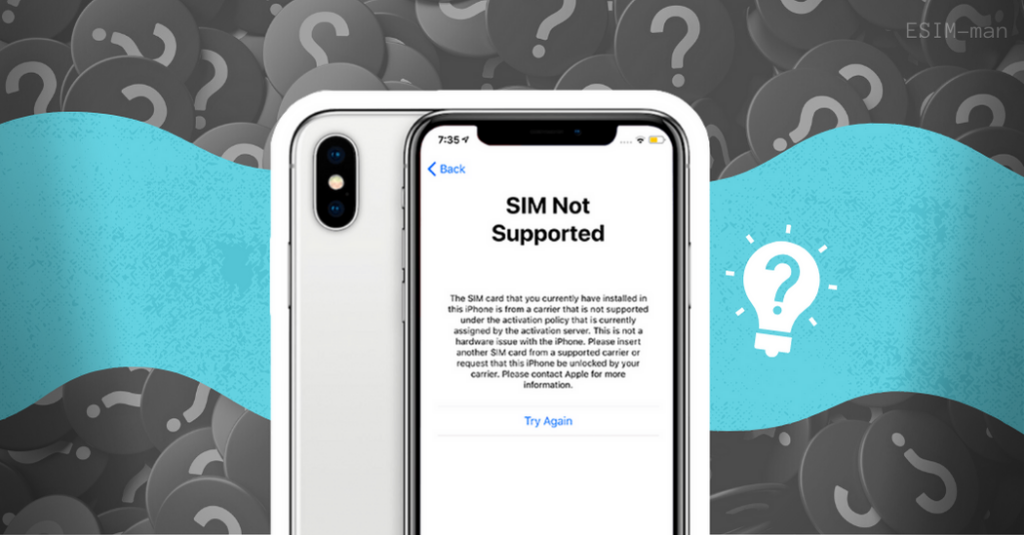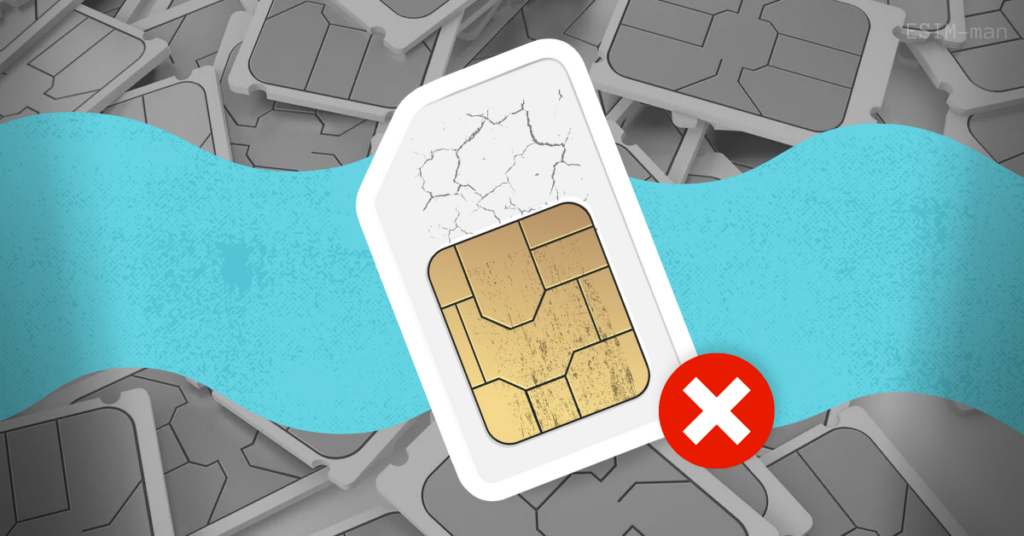Table of Contents
Have you ever had such a thing – just bought a new smartphone, inserted a SIM card, and, in a few days you faced a question – why isn’t my sim card working? If yes, you’ve probably heard those ridiculous stories from employees of the SIM card stores – your chip has demagnetized and other crap.
Even if a subscriber identity module was always replaced in a store free of charge, I’ve always been infuriated by this phrase – a demagnetized SIM card! You don’t need to be a professional to figure out one simple thing – the SIM card can’t demagnetize. If you have problems with the chip, it’s about other things. And they will be discussed further in our article!
About SIM briefly
What are sim cards used for and what forms do they have? Currently, a typical subscriber identity module can come with these sizes:
- Nano-format (4FF): thin chips used in most modern devices;
- Micro SIMs (3FF): these cards for iOS gadgets from 4 and up;
- Mini sim cards (2FF): a physical chip of large format;
- Full-size module (1FF): this type (from the past) has the size of a typical bank card.
By purchasing a SIM today, the user receives a chip mounted on a universal piece of plastic that meets all established standards. Whatever form the SIM card has, they all have one thing in common – these are real IT-devices in miniature. A small module with six or eight contacts has almost the same components as a conventional system unit.

So, a regular SIM card has these features:
The most common problems with SIM cards
A physical format SIM card can fail, just like any other electronics. Here are the most common sim card problems causes:
- Mechanical damage. There are many potential reasons. This can be an ordinary replacement of a card inside the device or damage to individual contacts and elementary cracks. The chip contacts often wear out due to frequent manipulations (changing the subscriber identity module, etc.);
- Corrosion or contamination. Internal metal grooves can oxidize in the motherboards of a smartphone or tablet. When the user changes a SIM card, he touches its contacts. This can cause problems with sim card like corrosion or contamination;
- Limited lifespan. The resource of mobile chips has a service life. Be prepared; you must change a phone card in a few years when it finally exhausts itself;
- Static electricity. This module may break due to static electricity discharge. Such an issue does not happen as often as the previous two, but it is likely.
Moreover, SMS and numbers contained on a particular module cannot be restored. The number will simply be transferred to a new SIM.
Ways to fix SIM card problems
Let’s figure out what are sim cards used for and what can be done to solve common issues:
- Checking the receiver contacts. There is a possibility that physical cards are of decent quality; the damage to the device socket itself is the crucial reason for failure. Contacts could be bent due to careless application. You can try to fix it by yourself. For this, turn the antennae in the SIM card tray. In modern gadgets, side loading is used, and sockets are built into multilayer boards for SIMs;
- Use another device. Such an elementary check will determine any causes of the sim card problems. Just swap SIM cards with a different phone and decide which gadget works;
- Cleaning of internal contacts. Minor oxides and impurities are cleaned elementarily with an ordinary stationery eraser. It can remove dirt or surface membranes quickly;
- Choose eSIM. This is top solution, and here is why.
Benefits of eSIM
Cost reduction is crucial for almost any mobile operator. The replacement of plastic after each breakdown of the physical SIM card brings extra costs to cell phone companies. That is why you should choose an embedded SIM if you know well what are sim cards used for. So, here are pros of switching to eSIM:
- Switching to an eSIM card allows you to save valuable storage space;
- Virtual mobile chips are impossible to lose;
- With eSIM, you don’t need to go to a telecom spot to pick a tariff. One can do this remotely online;
- One chip for several mobile devices;
- High-security status. You can read about how safe it is to use eSIM here.
Summary
Transition to an embedded card is justified, and many have already appreciated all benefits of eSIM. You download virtual electronic cards from the operator and then activate it on any of your devices. Chips have many advantages, such as increased security and fast activation. In case of theft or loss of gadgets, you will find it more likely, as it is much more challenging to remove an eSIM than physical mobile chips. Besides, you can use an electronic format card on other devices without a sim card issue. For example, connecting your laptop to eSIM will use a data package from your cell phone without creating an additional Wi-Fi hotspot.







